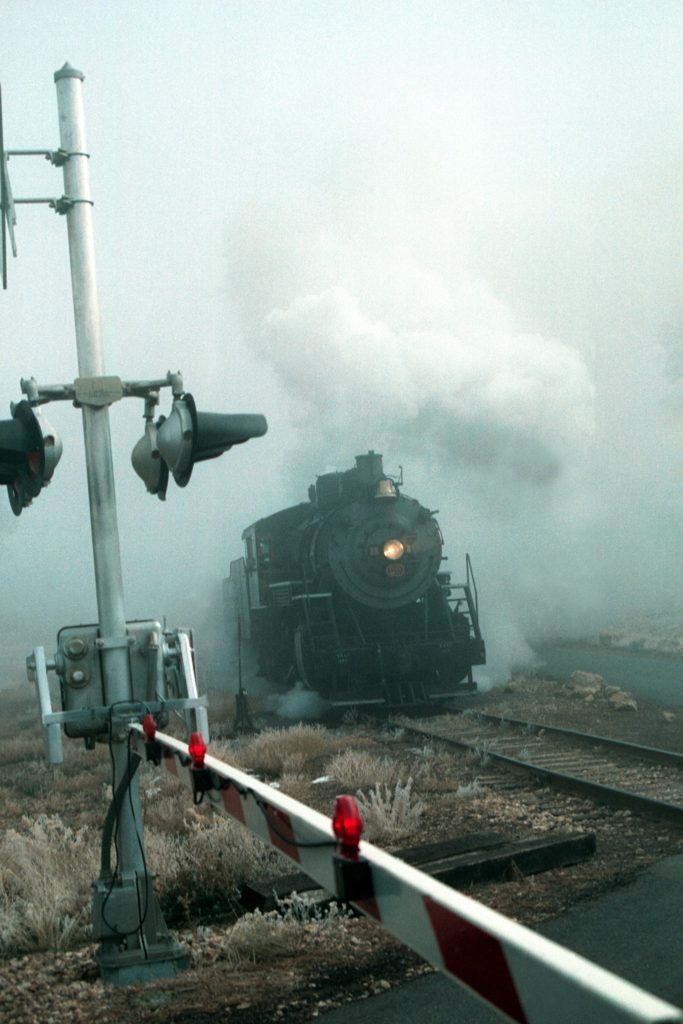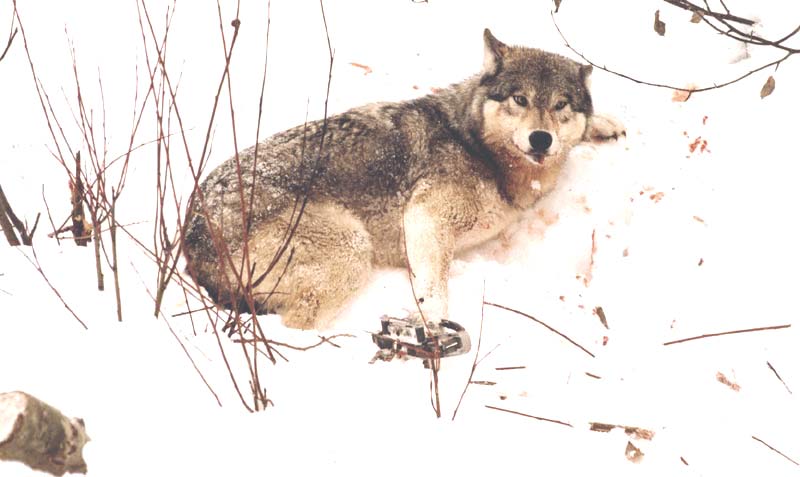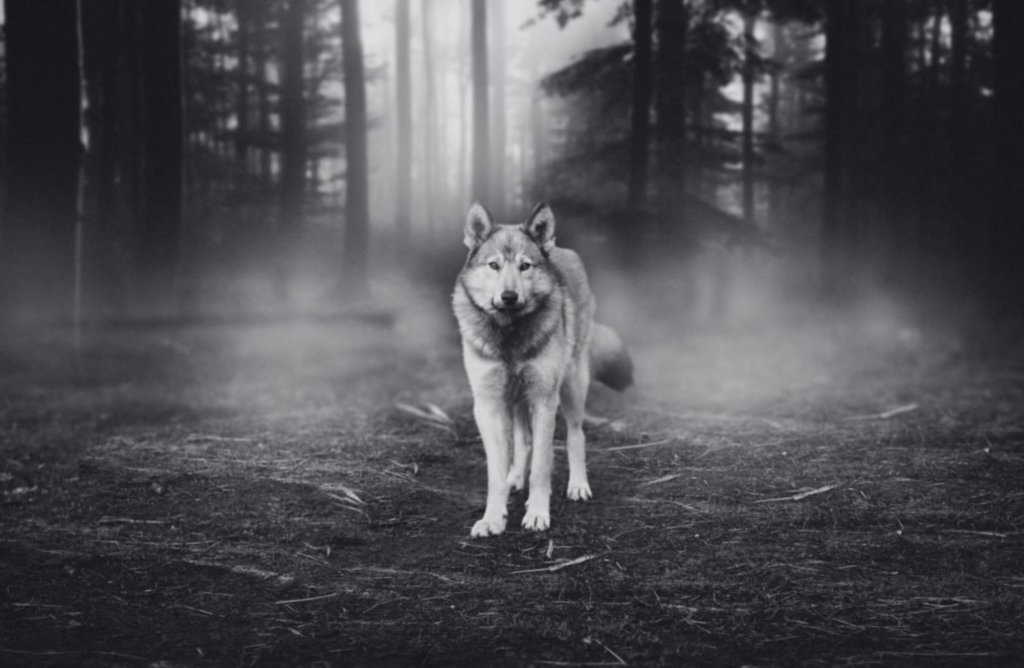Imagine the power that is essential to achieve the first rotation with a locomotive that is sitting idle. Intense, dramatic, clanking steel, tons of fuel, teams of people, one goal in focus, plumes of smoke, unseen energy, and sheer grit. Creates movement!

I haven’t updated my experience at Christ’s Church of Fountain Hills(CCFH) in about a year. I’ve recently been asked by many people to share an update. This post is a brief update. (My brief may not be your brief!) 🙂
In February, 2017 I was given the task to take the drive mechanisms of CCFH and move it forward. At that moment the Church was simply at a standstill. Not right or wrong, good or bad, just factually still.
Someday I will write a full detail post of the hard-to-believe experiences I’ve had over the past two years that were necessary to get the rotation and movement going in this complex body of people called the Church. Today is not the blog to post the blood, sweat and tears stories that got us to get our first rotation of movement. Today is a blog to simply say that it is happening! Forward movement. Momentum. Action. Success. Perseverance paid off!
Today is simply a day to encourage you to persevere to momentum. You are facing something that is good and yet it is stuck. Whatever it is, use your head, heart, and gut…surrounded by wise counselors, prayer, and sheer grit to get your thing moving. It’ll test you like nothing else. It’ll make you want to quit…sometimes…every day…every 10 minutes. Depending on what you are facing…you may need to quit. If you need to quit…never quit on a bad day! But in all likelihood, you do not need to quit, you need dig in with grit and persevere with wisdom.
If you are in something stuck…the greatest reasons for the interrupted forward movement, are summed up in 2 C’s. Circumstances, and Critics.
Circumstances. This is usually difficult to mention because it tends to get personal towards the team who led in the past or whoever you are currently in a stuck situation with. But it shouldn’t be personal for the simple fact that times change. What used to be right and worked, doesn’t make it wrong today, it was right, back when it was applied. It’s just the wrong time now and is no longer working and moving. The best way to think about it is this…Nothing fails like success. In other words, when a challenge in life is met by great leadership that is right in their pursuit of accomplishing their goals…they have success! But, as in all things, the challenge changes, it moves to a higher level that the previous methods no longer meet. The old, one successful response no longer works–it fails; thus, nothing fails likes success. Every single one of us would do well to humbly admit this, and welcome the new challenge and new methods to meet those challenges.
When I arrived here at CCFH, I had previously been leading a Church that had more than 3000 people regularly attending our weekend services. I want to humbly and with gratitude inject, in Church world, that is like leading an NFL football team in football world. I came to CCFH and took on the leadership of a Church that had about 300 people regularly attending worship services. The average size Church in America is less than 100, so in sports terms, this new Church I took the lead with, was like leading a High School Football team. An NFL coach, stepping into a local High School Football program…when it comes to football knowledge…is a pretty easy shift. I knew what new things needed to be done to get CCFH moving once again. I also had wise counsel around me, Christ leading me, and the energy to do it. I’m grateful for my track record and experience, however it did not make this momentum shift any easier. Knowledge and getting knowledge done are very different things.
Whatever your circumstances are, depending on your past experience, and the energy level you have today, determines how you move forward. I warn you, DO NOT, try this on your own. You need to humbly allow others to invest in you and your decisions to get your cemented circumstances, free and moving! I’m writing this blog from a 20/20 hindsight perspective. Trust me…there were hundreds of days where I wanted to quit every 10 minutes and so many days where I thought I was going to fail. This feeling of failure was instigated continually by antagonistic critics. This is the second of the two C’s.
Critics. The other C word that will work tirelessly to keep you stuck. I could add yet another C word here… Control. Control is what the critic wants. In Church world, the biggest critic who wants control will do another C word. Cite. They continually cite the past. The “good ol days.”
First of all…There is no such thing as the good ol days. The good ol days simply means that something was working and momentum was happening and everybody except the negative Circumstances and Critics of the time enjoyed it. The good ol days are in the past. Everybody in your life knows that there is no influence that happens with the past. It is a memory to be cherished and that is that. Wisdom can be derived from it, but the past tends to be dangerous to the future. The past used to be right, but rarely is effective for today. (I could share countless examples of this, but I said I’d be brief)
Critics make critical errors when they verbally vomit their desire to control and use the past to cite their opinion. They are more committed to their view, than a you. A critic is right as they cite their past’s success. A critic is not wrong, they are stuck in the past and are perpetuating the stuck-ness of the current circumstances. They are guilty of prioritizing their view more than a you. In Church world, the YOU, must be Jesus and His desire. We all know that Jesus’s greatest desire is to reach the unreached person, and to represent Jesus’s very lifestyle. That is the you that must take priority over every persons view. (By view, I do not mean Biblical integrity…we can never compromise Biblical integrity for a you.) Most critics do not cite Biblical truth as their backbone for being a critic, they tend to cite history and their personal preferences. I personally believe that most critics love their views more than the You named Jesus. They won’t admit that, but their actions prove their priority of who’s views they choose. What do you do with your critics? Listen. Love. Be patient, but do not be pushed around as you stand your ground. Be like Jesus.
If something is stuck, the leadership’s views overrule you’s. If something is stuck, somebody is allowing a view that used to work, stay in place. The reason the leadership allows this, are the influence of the C’s + 1. Circumstances and Critics + low Energy levels = fruitlessness. Critics and downward trending Consequences are giant energy extractors. The longer someone leads and is confronted by the never ending critic and circumstances, the more worn down they become. Add years of this, and an aging leadership’s energy levels are depleted to a point where recovery simply takes too long for the organization to keep moving. Momentum stopped. When momentum stops, the energy that is essential to get that locomotive rolling again is just too great. When the leadership is tired and their views naturally overtake the you’s, the commodity gets stuck. The best solution is to bring in new and freshly energized leadership. If your marriage is stuck, or something smaller than an organization, then the new leadership you bring in, must be in the form of counselors, mentors, and accountability partners or straight up intervention groups.
This critical decision of bringing in the new, takes guts, and I hold all who make it, in high regard. My heart aches for the new person who takes the new roll of leadership of an organization of any kind…especially a Church. The new leadership views that are administered into a momentum-less organization are going to take a beating from the C’s. However, if the new leadership will persevere to momentum, it will succeed. Painfully.
I’m seeing it happen before my eyes. Over the past two years I seriously considered that I had lost my ability to lead well. I seriously thought that I had lost my touch. But, that is just was the C’s were saying. I kept my ears and eyes on the You of all you’s. Jesus. I surrounded myself with teammates who had the energy and expertise and the grit to persevere to momentum. It is working.
I believe with everything in me, that CCFH will someday be a Church that creates such momentum, that more than a 1000 people will call CCFH their home Church every weekend. In this size of town, that would be remarkable. Just last weekend, we experienced 20 brand new people in our Church. We don’t market or advertise…on purpose. These new people were invited. The laughter, joy, new growth, and just sheer fun is making all the C’s worth it. Discipleship is reignited, evangelism is strong, growth is on. Momentum!
The momentum has begun. We are just now in the second and third wheel rotation of the locomotive regaining momentum at CCFH. The fuel reserves are stockpiled, the leadership team is in place, and the momentum is starting to take on its own power. Once a locomotive starts moving… don’t do anything stupid to stop the momentum. Let it keep moving and just guide it from the steering wheel! Here’s what is good news…once momentum starts moving and success is being repeated…the C’s begin to diminish. They never go away…they just lose a ton of power against a locomotive that is moving. Its easy to rob a train when its stopped!
You too can get momentum going in whatever you are facing that is stuck. Check your energy levels. Know you’re circumstances. Know your critics. Surround yourself with wise advisors. Use your grit! It’s worth it. If I can personally assist you with anything, please contact me. I’ll do my best to help you, and if I cannot, I’ll connect you with someone who can.
If you are interested in the CCFH story. Stay tuned. The momentum is just getting started! I can’t wait for the next update. You know the sound of the steam locomotive that is ch-k-ch-k-ch-k-ingalong at a fast pace? If you imagine it, you’ll “hear” it in your head right now. That’s our aim. That’s your aim in every area of life. It doesn’t come easy, but if it is worth doing, it will never ever be easy. Grit on, my friend. You can do it. We got this!






